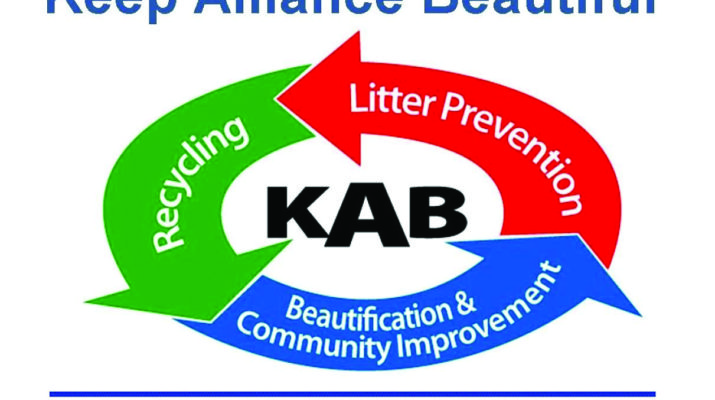Compliments and complaints. Praise and skepticism. Difficult to tell what will land on your plate before reaching the workplace. This past week a number of people stopping by the Keep Alliance Beautiful Recycling Center thanked our staff for their efforts day-in and day-out. On the other hand, I was reminded of all the people who maintain “nothing is really recycled”. Sure, more still ends up in the landfill than as new products/materials to purchase. Anyone with a notion to buy recycled or environmentally friendly products will be pleasantly surprised, however, at their availability.
A water bottle touting “made with 100 percent recycled plastic” is one thing. The person who quenches their thirst may toss it in the trash can and its potential ends there. Plastic is playing a greater role in industries where the buyer likely has years in mind. A prime example – furniture.
Before, plastic, wood, metal and fabric were, and still are, major building materials for furniture. Plastic’s presence has grown since the 1950s in home decor with consumers now seeking recycled options. Worldwide, plastic furniture sales were estimated at $15.05 billion in 2023 and forecast to jump to $26.7 billion by the end of 2033, according to Fact.MR. It did not specify how much of those products were made with at least some recycled plastic. Plastic is still a small market share of the industry that weighed in at $677.09 billion in 2022 according to Grand View Research (GVR). An article on their website expects sales to post a 5.9 percent compound annual growth rate (CAGR) 2023-2030 overall compared to 7 percent for plastic – the highest category.
As a matter of full disclosure, my family’s preference when promoting sustainability is to find a quality, used piece such as a table. If plastic does win us over next time, it should be recycled. Style and quality has come a long way from the faded patio chairs patrons bring by the recycling center. A top ten list of companies relying on used No. 2 plastic, etc. is easy to find. Yet, IKEA’s commitment caught my eye.
Known for its “assemble yourself” philosophy, IKEA is headquartered in Sweden where recycling is mandatory. According to its website, IKEA will use only recycled polyester (instead of virgin) “bringing us one step closer to one of our ambitions, using only renewable or recycled materials by 2030”. By the end of 2020 the move resulted in 130,000 metric tons of virgin polyester (mostly PET bottles) recycled, saving 200,000 metric tons of carbon dioxide emitted. Sources for the plastic comply with the Global Recycling Standard.
The broader industry already touts greener efforts such as no toxic/carcinogenic chemicals during manufacturing and Forest Stewardship Council-certified wood, proving the raw material, still used in 40 percent of furniture (GVR) comes from responsibly managed forests.
Consider recycled plastic furniture as a way to close the loop and add to the character at home or in the workplace. With autumn almost here, the time may be right to replace an outdoor table or chair. Brands such as POLYWOOD, HighwoodDUROGreen offer quality HDPE (No. 2) plastic products. Also consider making your own furniture. Solutions Plastic Lumber and Decking Products from Firststar Recycling in Omaha sell dimensional lumber made with recycled plastic in Nebraska – including Hefty orange bags from KAB.
When replacing a chair or another worn out piece consider the best disposal option. Wood is not recyclable though metal is at the landfill or an area salvage yard. Check the number on plastic furniture, we accept No. 1-7 as long as the furniture fits in our baler and does not require taking out other metal components, etc. If that well-loved item has some life left, take it to the Mission Store or someplace where it can find a new home.

